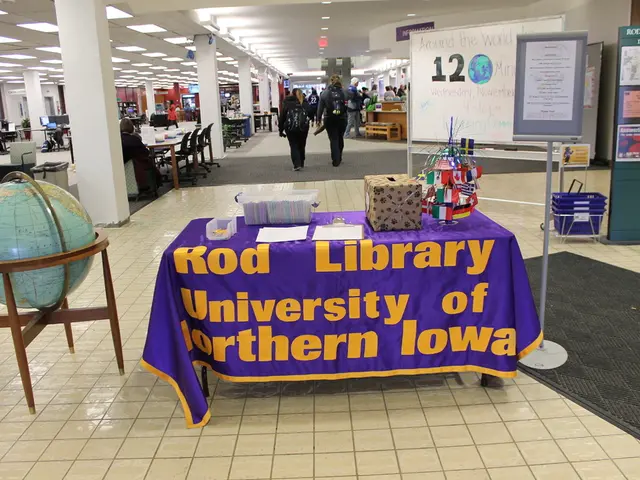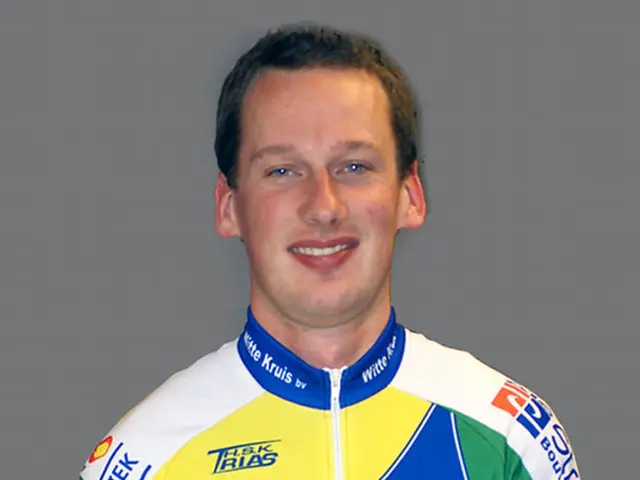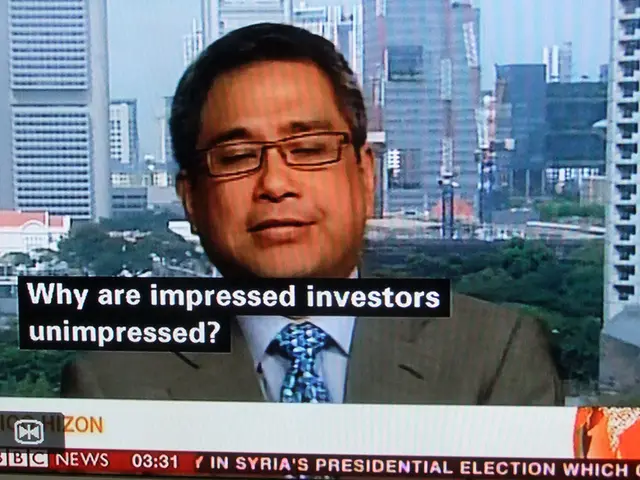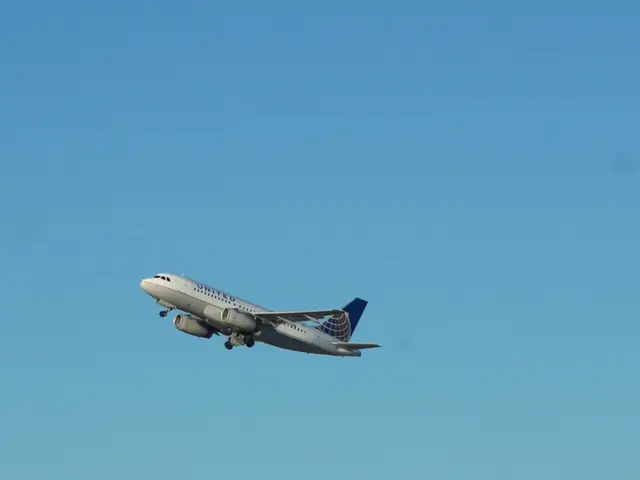Radio's Visibility Faces Threats: Potential Challenges in Discovery
The impact of Apple CarPlay and Android Auto on in-car radio has been significant. Broadcasters, particularly the Jacobs brothers - Fred Jacobs, president of Jacobs Media, and Paul, its VP and general manager - have been advocates for a strong visual presence in the digital dashboard. This mission is outlined in the ebook "Discovering the Dashboard 2025" on their website.
Fred Jacobs highlighted key findings from a recent Quu research report. He noted that while FM and AM radios are still prevalent, their discoverability is dwindling. Only three out of ten new vehicles now feature a dedicated radio button, making it more difficult for drivers to find their preferred stations. This shift could lead to less casual listening of AM/FM radio.
Entertainment and information options within the dashboard are proliferating, placing pressure on brands to remain top-of-mind. Broadcasters must understand the distinction between 'radio-forward' and 'audio-forward' vehicles. The former opens to a radio-only screen, while the latter is equipped with an audio/media button that restarts the previous listening medium when the vehicle is turned off.
Radio stations may need to revise their programming priorities, as the focus has traditionally been on weekdays from 6 a.m. to 7 p.m. However, with the increasing number of vehicles that start up playing the last listening option, all dayparts and days become vital. The growth of Apple CarPlay and Android Auto presents both opportunities and challenges for radio. While these platforms can make a station visible alongside other apps, broadcasters without compatible mobile apps risk invisibility.
Paul Jacobs emphasized the potential interest of radio managers in the Quu report. He highlighted the growing number of opportunities for stations to enhance their in-dash presence, promote content, and generate revenue. However, the pre-loading of streaming software platforms in new vehicles increases the competition for visibility. Therefore, it's crucial for stations to have mobile apps compatible with Apple CarPlay and Android Auto.
Paul Jacobs advised broadcasters to test their station's presence on these platforms, market their strategies effectively, and educate their advertisers about their strong presence in the car dashboard. He also stressed the potential of the dashboard as a prime advertising opportunity for local clients.
Regarding the importance of images or text, Fred Jacobs highlighted the power of text, even though not all vehicles are equipped to display images. He suggested showcasing personalities, shows, and upcoming songs, given the popularity of station talent. Overlooked features, according to him, include providing listeners with information about the next song or artist, although there's a risk involved.
In terms of common mistakes, Fred Jacobs pointed out that many stations either underperform on dashboards or overcomplicate their visuals. He advised focusing on dashboard art like highway billboards - fewer words and a singular message.
Despite the competition from streaming platforms, Paul Jacobs believed radio retained its uniqueness. Local real-time news and weather alerts, as well as the ability to empower local advertisers, set radio apart. He saw the dash as a perfect intersection of programming and sales efforts, making radio a valuable and adaptable medium in the digital age.
The Quu report suggests that DTS AutoStage and HD Radio are the gold standard for radio in the dashboard. While some broadcasters have adapted, Fred Jacobs called for a greater emphasis on these capabilities to create a better content experience, increase audience engagement, and benefit advertisers. He encouraged broadcasters to personally experience these technologies to fully understand their potential.
- Although streaming platforms are growing, the focus on Discovering the Dashboard 2025 is the impact of Apple CarPlay and Android Auto on in-car radio.
- In the future, with fewer dedicated radio buttons, finding favorite stations could become more challenging, impacting casual listening of AM/FM radio.
- The growing number of entertainment and information options within the digital dashboard put pressure on brands to remain visible and top-of-mind.
- Broadcasters need to understand the difference between 'radio-forward' and 'audio-forward' vehicles to better tailor their in-dash strategies.
- Radio stations may need to expand their programming priorities as more vehicles start up playing the last listening option, making all dayparts and days vital.
- To enhance their in-dash presence, promote content, and generate revenue, broadcasters must prioritize developing mobile apps compatible with Apple CarPlay and Android Auto.
- Paul Jacobs emphasized the importance of testing station presence on these platforms, effectively marketing strategies, and educating advertisers about their strong in-car presence.
- Fred Jacobs suggested showcasing personalities, shows, and upcoming songs, using the power of text, even if not all vehicles can display images.
- Despite the competition, radio maintains its uniqueness with local real-time news, weather alerts, and the ability to empower local advertisers, making it a valuable and adaptable medium in the digital age.








